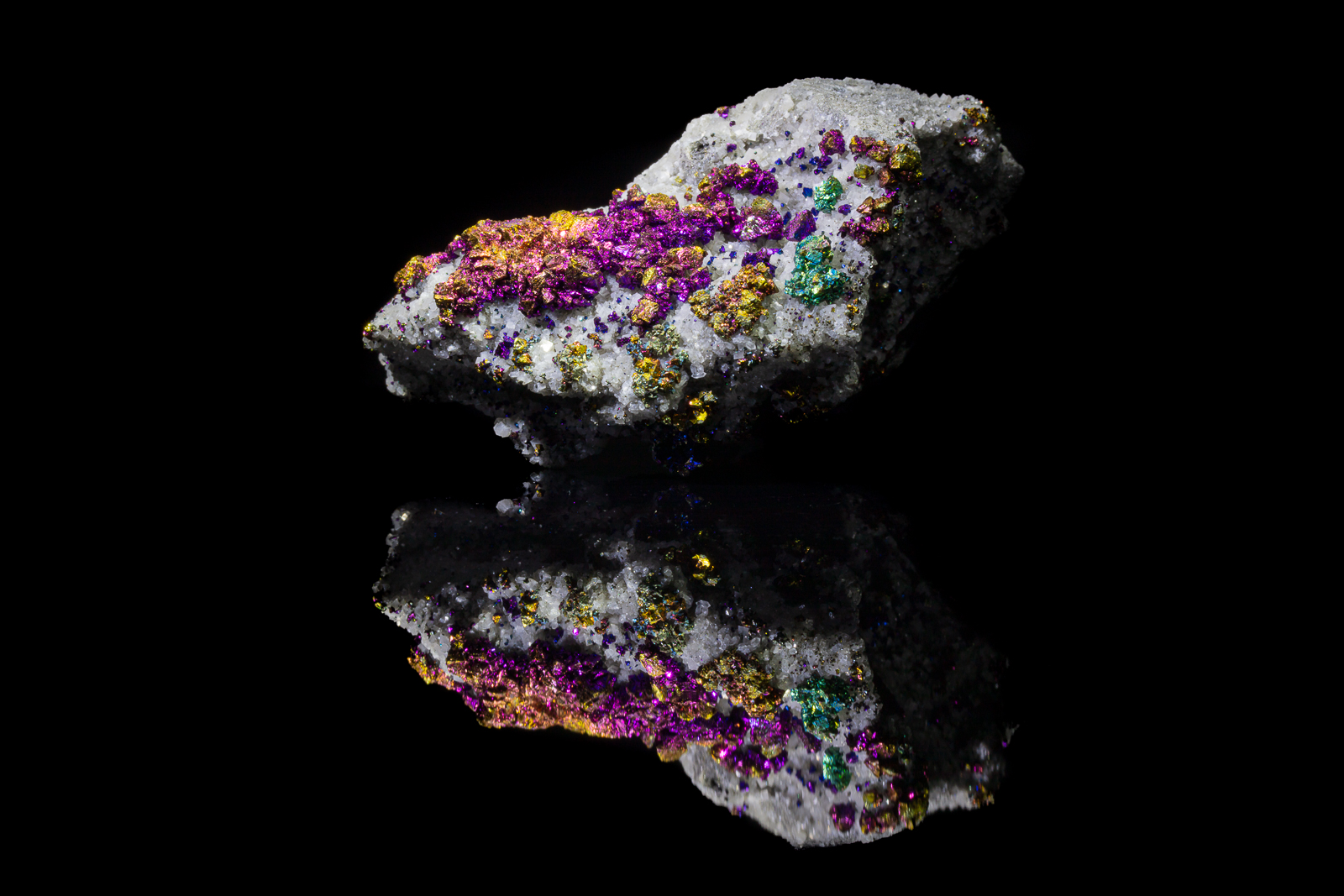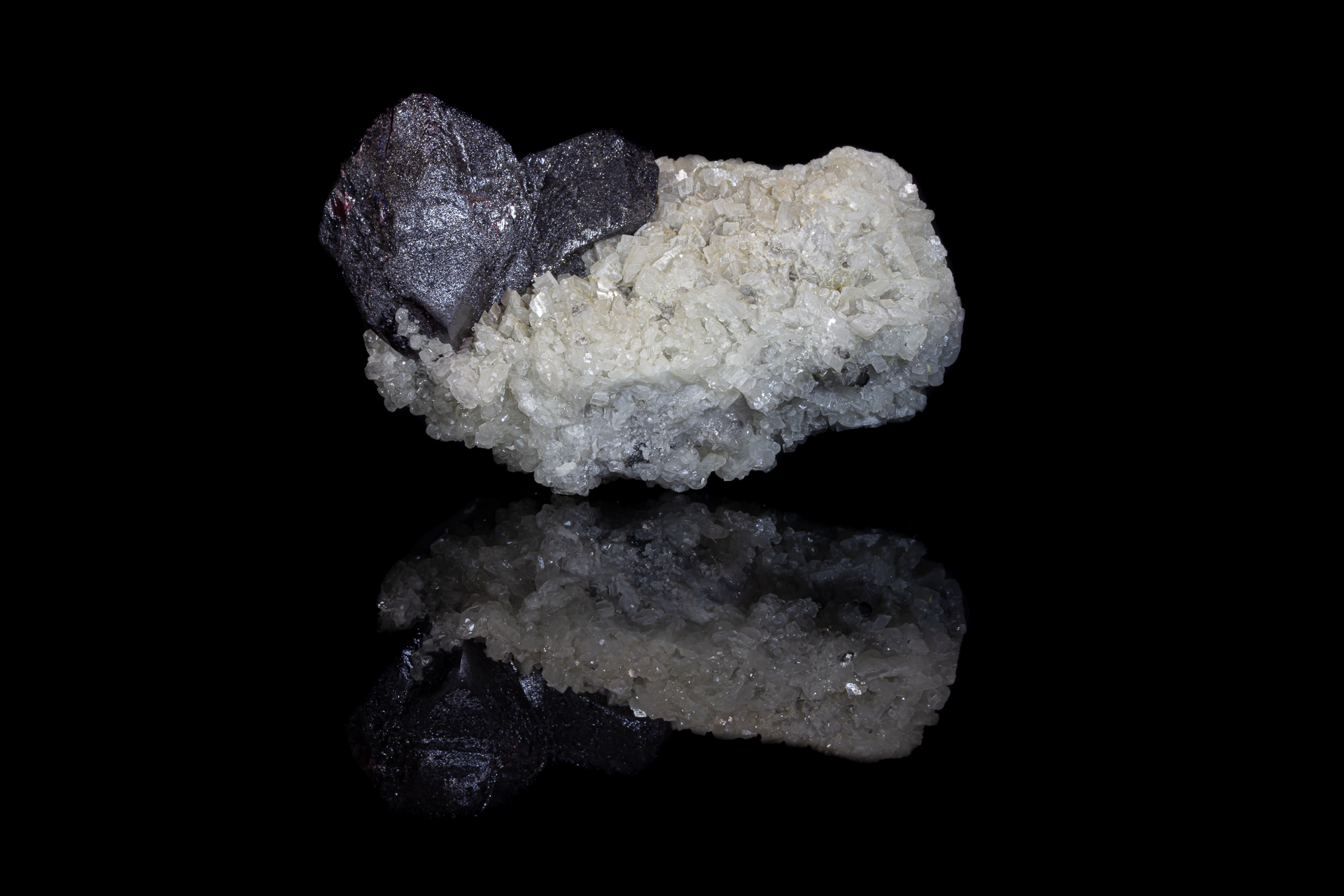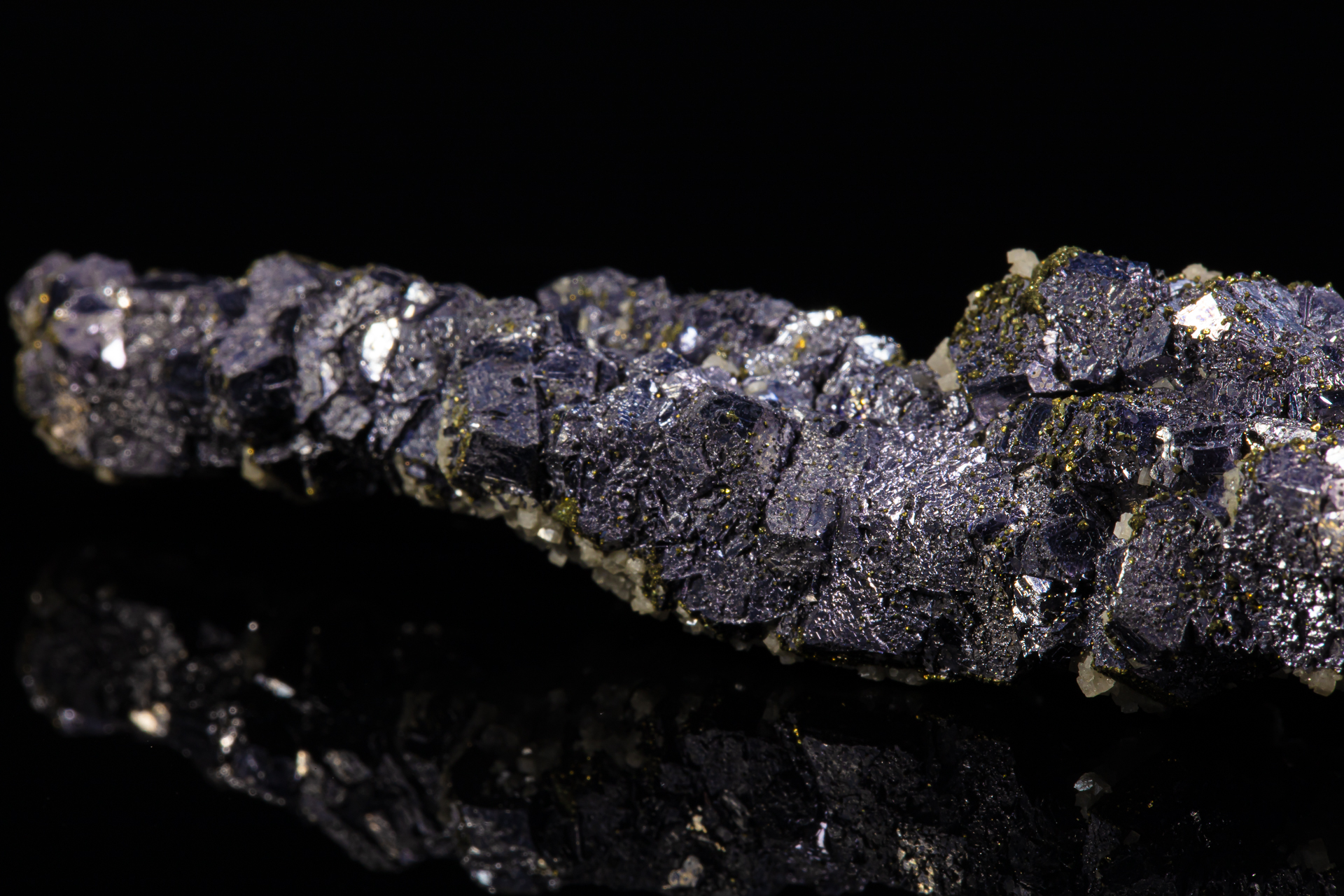Dolomite
Formula: CaMg(CO3)2
Species: Carbonates
Colour: Colourless, white, gray, reddish-white, brownish-white, or pink; colourless in transmitted light
Lustre: Vitreous, Sub-Vitreous, Resinous, Waxy, Pearly
Hardness: 3½ – 4
Specific Gravity: 2.84 – 2.86
Crystal System: Trigonal
Member of: Dolomite Group. Ankerite-Dolomite Series. Usually found as druzes or clusters of small rhombohedral crystals with a somewhat “saddle”-like shape, white to tan to pink in color.
Name: Named in 1791 by Nicolas Théodore de Saussure in honor of the French mineralogist and geologist, Déodat (Dieudonné) Guy Silvain Tancrède Gratet de Dolomieu (1750-1801). de Dolomieu wrote numerous books on observations on geology, notably about the Alps and Pyrenees, in addition to theoretical books about the internal structure of the Earth. He discovered a specimen of what would eventually be called dolomite during his participation in Napoleon Bonaparte’s expedition into Egypt in 1798.
Isostructural with: Nordenskiöldine

 Copyright Charles Camarda - www.camardavisualstudio.com
Copyright Charles Camarda - www.camardavisualstudio.com
 Copyright Charles Camarda - www.camardavisualstudio.com
Copyright Charles Camarda - www.camardavisualstudio.com

